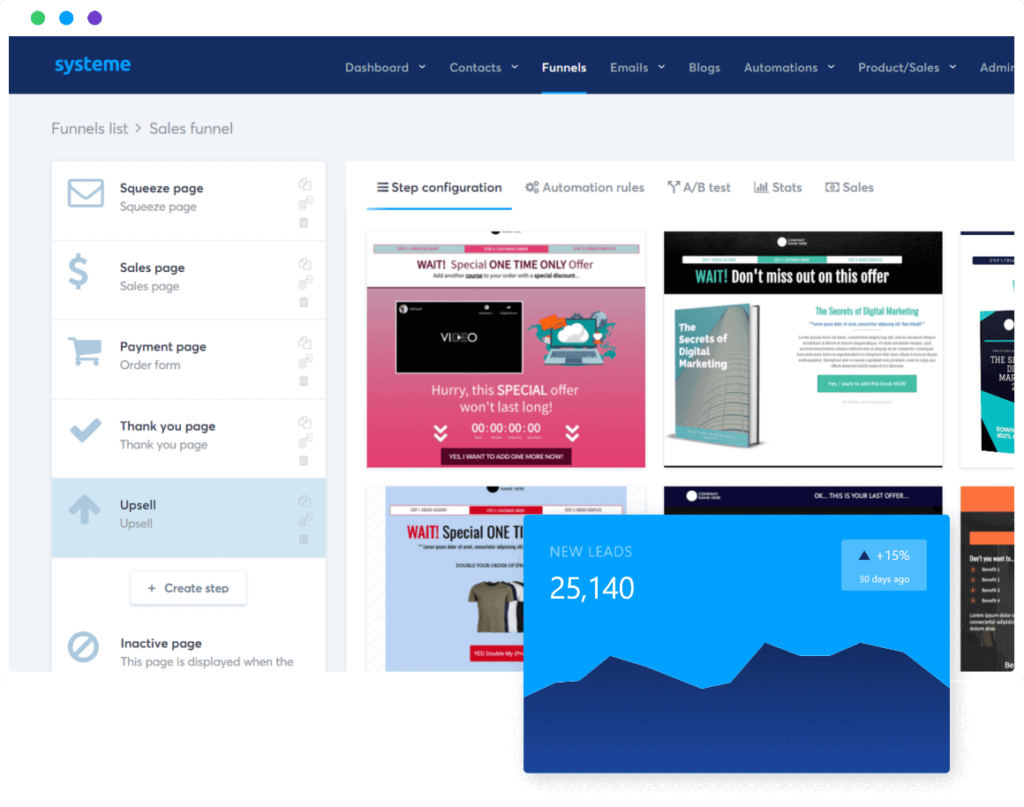Introduction to digital product income
Welcome to the world of digital product income! If you’re just getting started as an entrepreneur and want to explore different ways to generate income through digital products, you’re in the right place. Digital product income refers to the revenue earned from selling digital products such as e-books, online courses, software, and digital downloads. It’s a popular choice for many first-time entrepreneurs due to its low overhead costs and potential for passive income. In this blog, we’ll walk you through the basics of digital product income, including the different types of digital products you can create, how to get started, and what to expect along the way. Let’s dive in!

Identifying your niche and target audience
To identify your niche and target audience, start by researching the market and understanding the needs and desires of potential customers. Consider the following steps:
- Research the Market: Investigate the current trends and demands in the digital product industry to identify gaps or potential opportunities for your niche.
- Understand Customer Needs: Analyze the problems or challenges that your target audience may be facing and figure out how your digital product can address those needs.
- Create Customer Profiles: Develop detailed profiles of your ideal customers, including their demographics, behaviors, and preferences, to better understand your target audience.
By focusing on these steps, you can effectively identify your niche and target audience, setting the stage for a successful start to your digital product income venture.
Types of digital products for first-time entrepreneurs
Are you considering creating digital products for your new business? Here are some popular types to consider:
- Ebooks: These are digital books that can cover a wide range of topics, from fiction to self-help guides.
- Online Courses: Teach others a skill or share your expertise through a series of videos and materials.
- Templates and Tools: Offer ready-made templates for resumes, social media posts, or design tools for your customers’ use.
- Software: Develop apps, plugins, or other digital tools that solve a specific problem or make tasks easier.
Remember that the key is to identify a niche market and offer valuable content that your audience is willing to pay for.
Creating and designing digital products
When creating and designing digital products, it’s important to first identify a viable income-generating idea. Then, consider the following key steps:
- Research current market trends and consumer needs to understand what digital products are in demand.
- Brainstorm potential digital product ideas, such as e-books, online courses, or software tools.
- Determine the target audience for your digital product to ensure it meets their specific needs.
- Design and create the digital product using user-friendly, accessible platforms.
Remember, the key to a successful digital product is understanding the market, identifying a niche, and creating a product that adds value to the target audience.
Strategies for marketing and selling digital products
When marketing and selling digital products, it’s important to identify your target audience and understand their needs. Utilize social media platforms to promote your products and engage with your potential customers. Consider offering free trials or samples to entice people to try your digital products. Creating a compelling sales page with clear benefits and features can help in converting visitors into customers. Additionally, collaborating with influencers in your niche can help expand your reach and gain credibility. Implementing an effective email marketing strategy to nurture leads and convert them into customers is also crucial in selling digital products.
Pricing and income potential
Pricing and income potential can vary for digital product ideas. Some popular income potential ideas include eBooks, online courses, software, and digital goods. Pricing for digital products can range from $10 to $200, depending on the perceived value and the demand for the product. It’s important to research the market and understand your target audience to price your digital products effectively. Keep in mind that providing value and meeting your customers’ needs is key to establishing a sustainable income stream.
Platforms for selling digital products
There are various platforms available for selling digital products, making it easier for first-time entrepreneurs to get started. Some popular options include:
- Etsy: Known for handmade and vintage items, Etsy also allows the sale of digital products like printables, digital art, and digital patterns.
- Gumroad: This platform is designed specifically for creators to sell digital products like e-books, music, videos, and software.
- Society6: Ideal for artists and designers, Society6 enables the sale of digital art prints, phone cases, and other artistic products.
- Teachable: If you’re looking to sell digital courses, Teachable provides a user-friendly platform for creating and selling online courses.
These platforms offer different features and cater to various types of digital products, allowing you to choose the one that best fits your entrepreneurial venture.
Building a brand and online presence
Building a brand and online presence is crucial for your digital product business. It helps to create awareness and interest in your products. Here are some essential steps to consider:
- Branding: Develop a unique and memorable brand identity that reflects your products and values. This includes creating a distinct logo, color scheme, and a compelling brand story.
- Online Presence: Establish your digital footprint by setting up a professional website and active social media profiles. Consistently engage with your audience and showcase your products to attract potential customers.
- Content Strategy: Develop a content plan to share valuable information, product updates, and engaging visuals with your audience. This can include blog posts, videos, and other interactive content to drive engagement.
- SEO and Online Marketing: Learn about Search Engine Optimization (SEO) to improve your website’s visibility on search engines. Additionally, consider online marketing techniques such as social media advertising and email campaigns to reach a wider audience.
Taking these steps will help you lay the foundation for a strong brand and online presence, setting the stage for the success of your digital product business.
Managing customer relationships and feedback
To effectively manage customer relationships and feedback, it’s important to stay responsive and engaged with your customers. Here are a few key points to consider:
- Listen actively to your customers’ feedback to understand their needs and concerns.
- Respond promptly to customer inquiries and issues to show that you value their input.
- Implement a feedback system to gather constructive criticism and suggestions for improvement.
- Personalize your interactions with customers to make them feel valued and appreciated.
By prioritizing customer relationships and feedback, you can build a loyal customer base and continuously improve your digital product offerings.
Summary and next steps
Now that you’ve learned about various digital product income ideas, it’s time to take the next steps. Consider researching the specific type of digital product you’re interested in creating. Next, outline your business plan and create a timeline for development and launch. Additionally, start exploring potential platforms for selling your digital product, and begin building your online presence through social media and a professional website. Don’t forget to seek out resources and support from mentors or networking groups in your field. Once you’ve done these steps, you’ll be well on your way to turning your digital product income ideas into a successful business.


